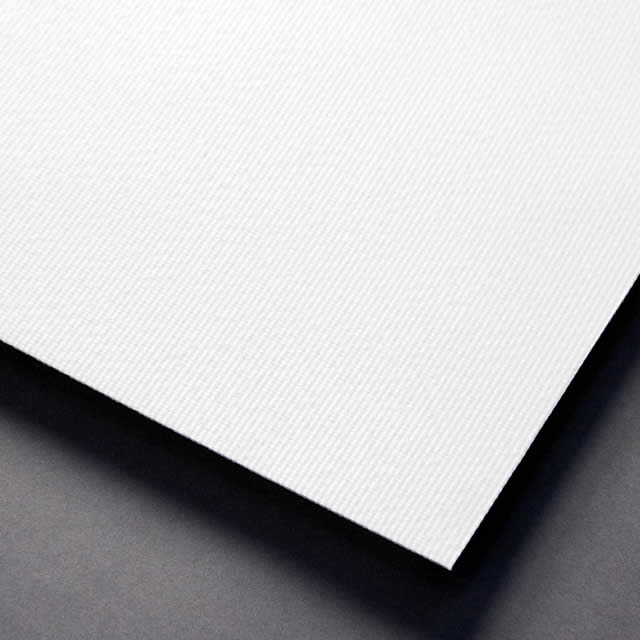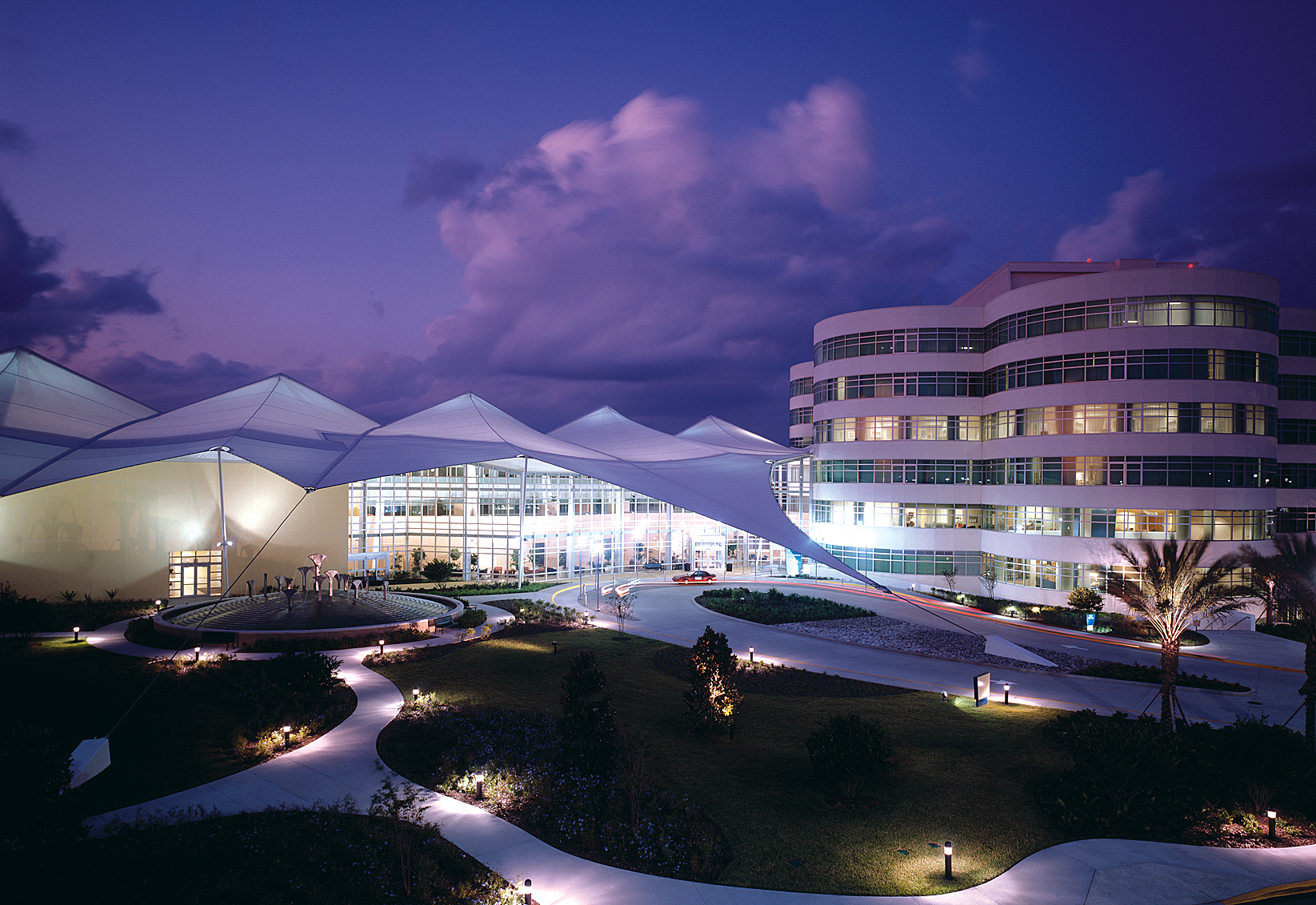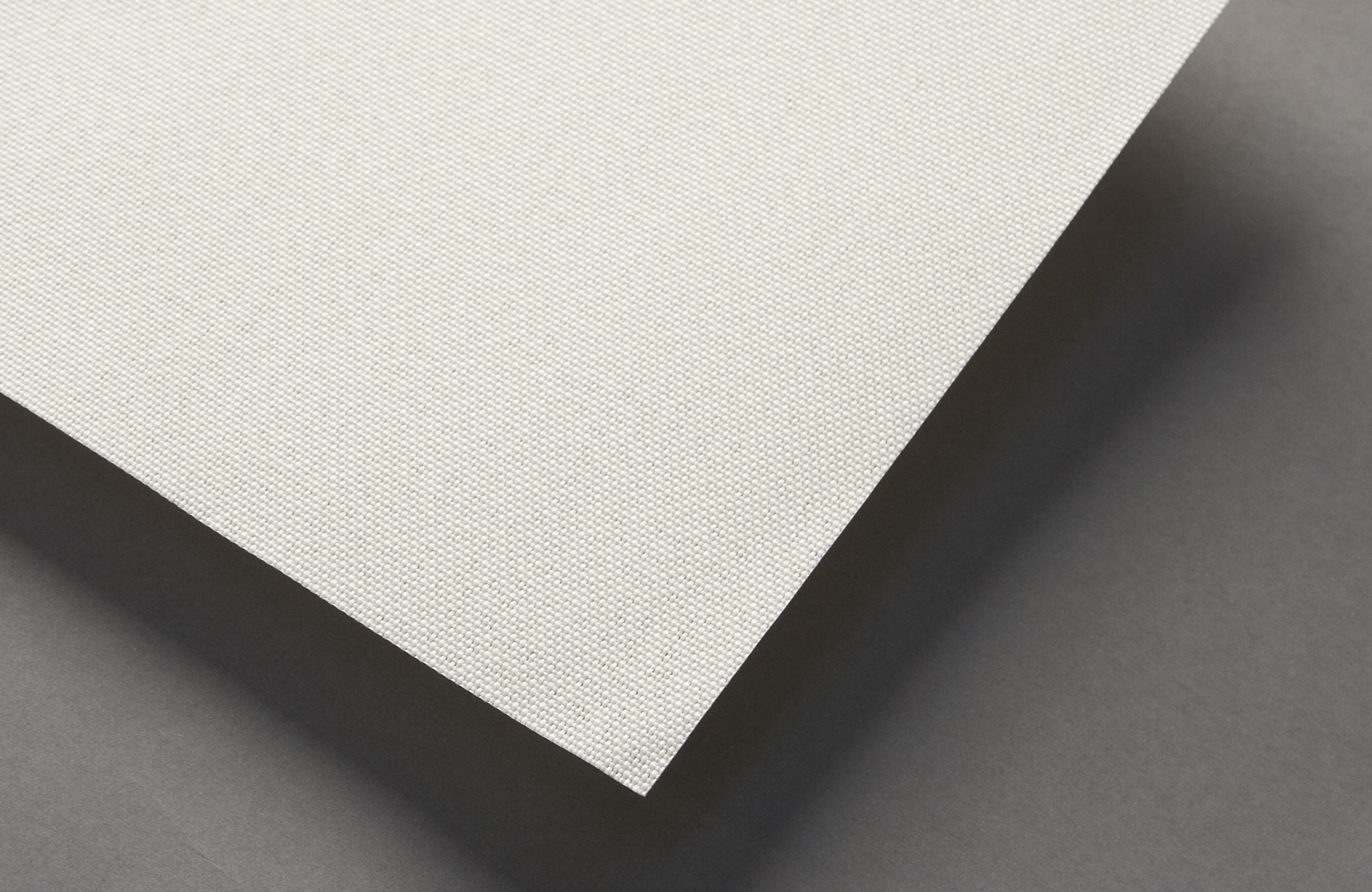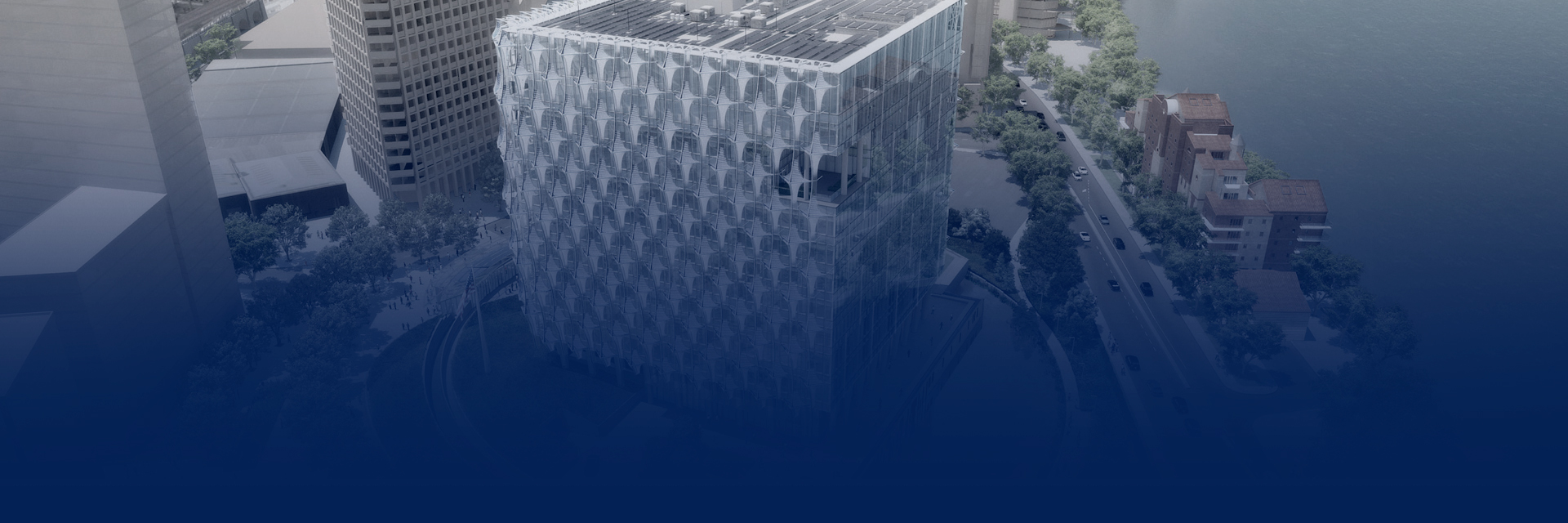PTFE FIBERGLASS
PTFE, or polytetrafluoroethylene, is a PTFE-coated woven fiberglass membrane
that is extremely durable and weather resistant.

PTFE fiberglass membranes can be installed in climates ranging from the frigid arctic to the scorching desert heat with an expected project life exceeding 30 years.
PTFE fiberglass coating is chemically inert, capable of withstanding temperatures from -100°F to +450°F (-73°C to +232°C). The low-surface free energy of the material creates a surface which is readily cleaned by rainwater. It is also completely immune to UV degradation. PTFE-coated fiberglass membrane passes as non-combustible to ASTM E-136 / Class A (Incombustibility of Substrate). This unique combination of inertness, thermal stability and surface properties make Birdair’s PTFE-coated fabric membrane ideal for projects requiring superior weather and fire resistance. PTFE fiberglass structures have been constructed around the world with acceptance by British, French, Italian, Australian, Japanese and German National Standards, as well as guidelines set by the American Society for Testing and Materials (ASTM).
PTFE fiberglass is additionally Energy Star and Cool Roof Rating Council certified. During scientific tests of its solar properties, it was discovered that PTFE fiberglass membranes reflect as much as 73 percent of the sun’s energy while holding just seven percent on its exterior surface. Certain grades of PTFE fiberglass can absorb 14 percent of the sun’s energy while allowing 13 percent of natural daylight and seven percent of re-radiated energy (solar heat) to transmit through.
PTFE's fiberglass yarns maintain ultimate tensile strength of 500,000 PSI and a modulus of elasticity of 10.5 x 106 PSI compared to steel, which offers 40,000 PSI and 29 x 106 PSI respectively. Under normal conditions, the fabric behaves elastically and does not undergo significant stress relaxation or creep.
The woven fiberglass gives the PTFE fiberglass membrane its mechanical strength. These filaments, known as beta glass, are the smallest diameter available and provide the membrane with maximum flexibility. The fibers are drawn from hot melt glass through platinum dies into continuous filaments, and are then twisted and plied into yarn bundles. The yarns are woven into a wide structural fabric, which is then coated with PTFE fiberglass to complete the process.
The principal element that differentiates PTFE fiberglass membrane from conventional glazing is its advantageous shading coefficient. As lighting levels increase, even cooler climates can realize overall energy savings using PTFE fiberglass membrane. In very warm climates, even low lighting levels make PTFE fiberglass membrane an energy saver versus conventional systems. The savings can be more dramatic when compared with conventional sloped glazing systems.

PTFE – Coated Fiberglass Mesh
PTFE-coated fiberglass membrane can come in a solid or a mesh product. It is often used in vertical building facades and shading applications. The fabrics’ mesh construction allows for more lighting to enter the space and allows air to circulate through the fabric. Because of its noncombustible scrim, it makes a great candidate for shade structures on high-rise rooftop decks and other building structures requiring a Type II – 1 Hr roof material.
Similar to solid PTFE-coated fiberglass membrane, PTFE mesh products also have a long-life expectancy, excellent durability and requires minimal maintenance. PTFE-coated fiberglass meshes are available from a few manufacturers with limited standard color selections. Custom colors are not available off the shelf, and requires a premium and a purchase of the entire fabric lot.
TiO2 - Coated PTFE
PTFE fiberglass coated with non-toxic and flame-resistant TiO2 (titanium dioxide) produces a photocatalytic membrane that functions like the leaves of a tree, providing shade and comfort while actively neutralizing airborne pollutants and odors.
TiO2 – coated PTFE is a popular choice with designers and architects in sustainable commercial roofing market sectors throughout Asia and is now beginning to find its niche in custom tensile systems in North America.
The unique self-cleaning benefits of TiO2 allow the material to break down dirt and other organic materials through a chemical reaction with the sun’s UV rays, oxygen and water vapor, present in the air.
This reaction, known as oxidation-reduction, converts these materials into harmless gases and natural components without using excess chemicals, solvents or water. The resulting sediments are simply washed away by rain. As a result, the membrane material remains bright and clean, reducing the need for frequent service.
TiO2 – Coated PTFE is a revolutionary step for the North American green building market, improving the way roofing systems perform. The fabric is available in three choices each graded according to their degree of natural light transmittance.These fabrics have proven ideal for urban or heavy traffic areas where non-industrial gas exhaust pollutants such as nitrogen and sulfur oxide (NOx and SOx) accumulate.
PTFE Acoustical Liner
Acoustical considerations in the design of structures generally center around two areas of concern: How will the structural envelope resist outside noise from entering the interior and how will the interior space perform from a reverberant standpoint?
While these two issues are evaluated together to predict overall performance levels, the considerations for each are quite different.
Reverberation time is directly proportional to room volume, and inversely proportional to absorption. With interior acoustics, short reverberation times are necessary for good speech intelligibility. Small meeting rooms are seldom a problem. However, larger enclosures such as field houses, aquatic centers and stadiums are significantly more difficult to treat effectively.
When dealing with exterior noise isolation, buildings are usually designed to have an overall noise criterion (NC), which prescribes the maximum permissible background noise level for the intended use of the space. The NC level varies from a low of approximately NC-20 in concert halls to a high of approximately NC-50 in sports facilities. Different building shell materials cause different levels of reduction in transmission of exterior noise.
PTFE-coated acoustical membranes perform uncommonly well in sound transmission, creating interior space that conveys acoustics clearly and without obstruction.


